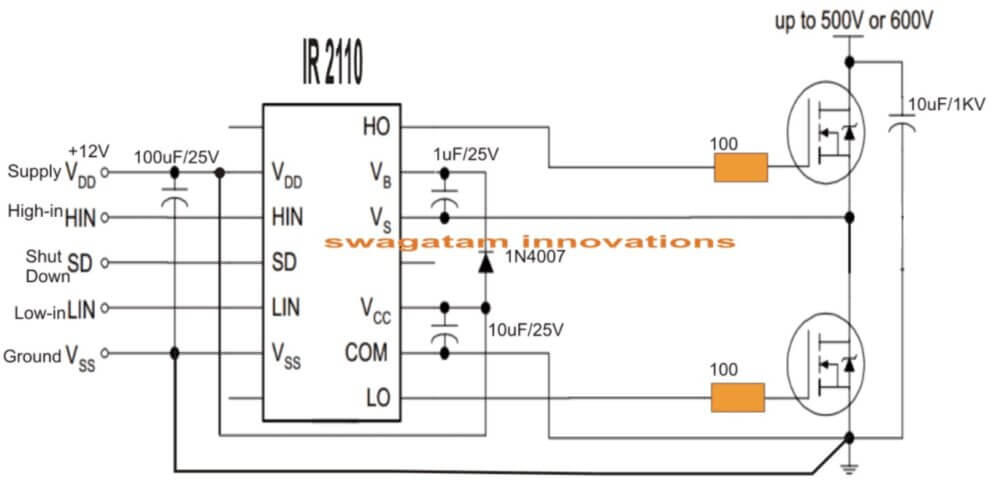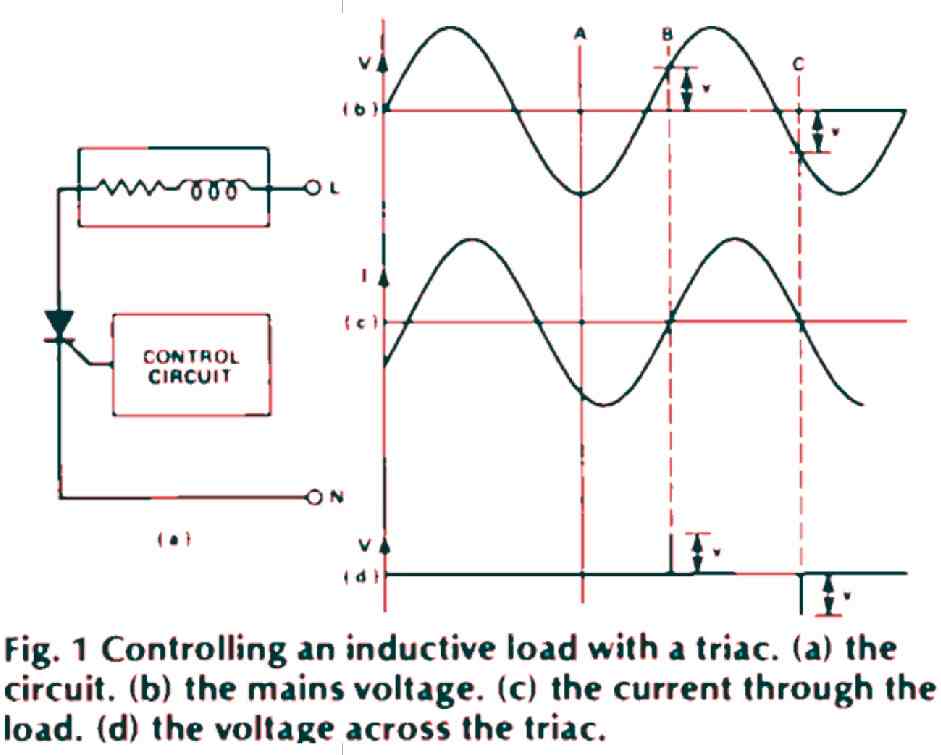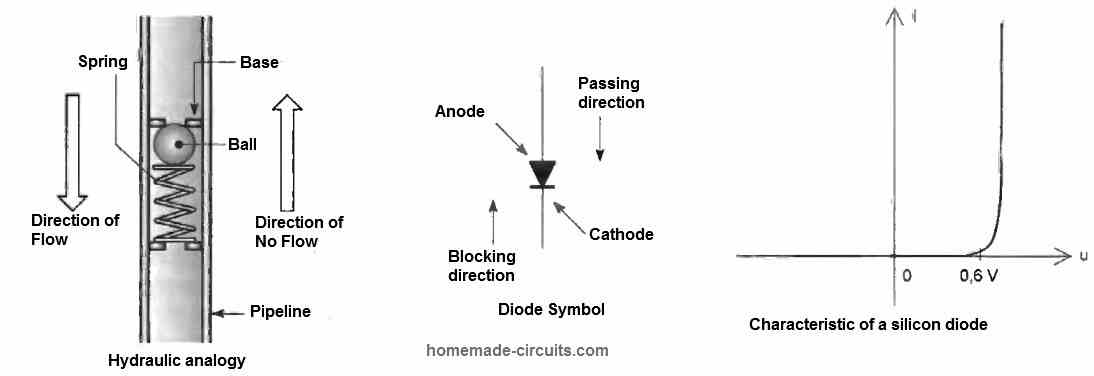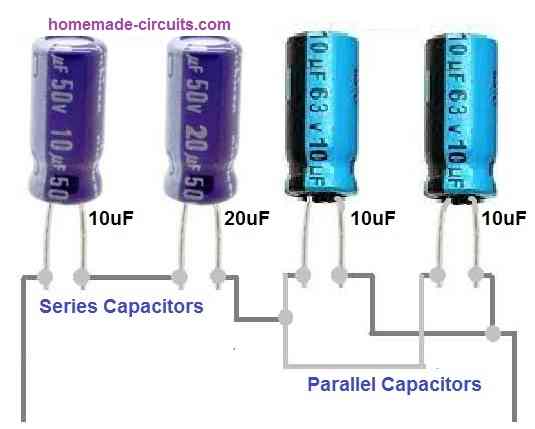Many folks, especially beginners, they get fully confused when they try to use a half-bridge driver circuits using ICs like IR2184 or IR2110. They look at the datasheet diagram and start thinking, “Bro, how the load will conduct? The MOSFETs are switching one by one so how the current will pass through the load? Looks […]
Electronics Theory
Understanding Triac Snubber Network Calculations
You may find electronic circuits that frequently utilize triacs to manage mains powered loads. However, these setups commonly feature an inconspicuous capacitor and resistor combination across the triac – a snubber network. The functions of these components are more intricate than they seem. Exploring snubbers and grasping basic triac theory is valuable. Triac Operation A […]
Constant Current Generator Circuits Explained
Constant current generators (CCGs), as the name suggests, are circuits designed to produce a steady load current regardless of significant fluctuations in load resistance or voltage levels. Basic Constant Current Generator Circuit Illustrated in Figure 1 is a basic example of such a circuit. In this configuration, Q1 operates in the common emitter mode. A […]
Diodes: Working, How to Use, Applications
It’s John Ambrose Fleming (1849-1945), a British engineer, who invented the first diode in 1904, in the form of an electron tube. Later, with the development of semiconductor technology, the diode became a dipole consisting of two substrates: one, rich in free electrons, and of type N, the other deficient in electrons, and of type […]
How to Calculate Capacitors in Series and Parallel
Capacitors connected in series or parallel are very common in electronic circuits. This is done in order to achieve the desired capacitance value and also to make the performance of the circuit accurate. In the following post I have explained how to connect capacitors in series and parallel: Connecting Capacitors in Series When we connect […]
How to Connect Resistors in Series and Parallel
There are three ways to interconnect resistors: series, parallel and in combination of series/parallel. When resistors are joined in series, the current passing via one resistor also passes through the next. When resistors are joined in parallel, they are wired across each other, resulting in the same voltage across each resistor. When resistors are connected […]




